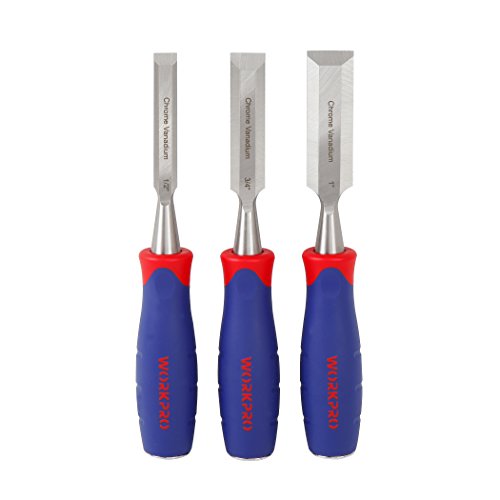Difference between Paring Chisels and Firmer Chisels
Chisels are an essential part of any woodworker’s toolkit. They come in different shapes and sizes and are designed for specific tasks. Two of the most commonly used chisels in woodworking are the paring chisel and the firmer chisel. While these two chisels might look similar, they are designed for different tasks.
What is a Paring Chisel?
A paring chisel is a long, narrow chisel that has a flat or slightly curved blade. It is designed to remove thin layers of wood, usually with the grain. Paring chisels are used to refine joints and to shape and smooth curved or angled surfaces. Due to their long and narrow blades, they are more delicate than firmer chisels and require careful use to prevent bending or breaking.
What is a Firmer Chisel?
A firmer chisel, on the other hand, has a shorter and thicker blade that is designed for heavy-duty work. The blade is usually rectangular with straight sides, and it is used to chop out waste material quickly. Firmer chisels are used to remove material across the grain or to cut joints. Due to their thicker blades, they are more robust and can be used for more demanding tasks.
When to Use a Paring Chisel?
Paring chisels are ideal for delicate work, such as shaping and smoothing curves or refining joints. They are also useful when working on thin or brittle pieces of wood, where a more robust chisel may cause damage or breakage. Paring chisels are also used to trim or clean up joints made with other chisels.
When to Use a Firmer Chisel?
Firmer chisels are best suited for heavy-duty tasks, such as cutting through thicker pieces of wood or removing material across the grain. They are also useful for cutting joints, such as mortises and tenons. Firmer chisels are not recommended for delicate work, as the thicker blade and heavier weight can cause damage or cause the wood to split.






